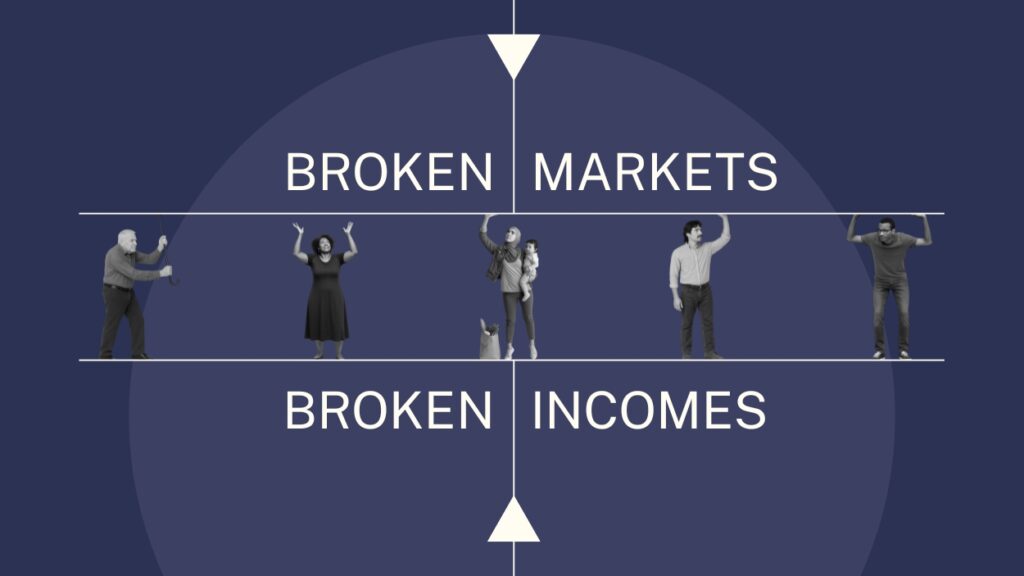A couple of years ago, someone shared what I consider to be the best holiday date story of all time, and it must be shared here again. Enjoy:
When I was fresh out of college, a dude in my social circle invited me to his fancy work Christmas party. He was a teacher, so I’d kind of assumed I was there as friend to act as a buffer between well-intentioned female colleagues who wanted to set him up with one another, with their daughters, etc. I was wrong! This invitation to a work Christmas party was meant to be the first date of a magical relationship between two people destined to be together. Why a magical relationship? When I opened the door, he said he’d hope we’d have a magical night leading to a magical relationship. Then HE DID A MAGIC TRICK. I was… startled.
The party was at a country club, where he drove around and around looking for a space while I said “they have valet. it’s only valet” over and over. Inside there was a coat check. He didn’t want to leave his coat–because there were additional magic tricks secreted inside. We went in, got our drink tickets and our seating assignment. I sat down at a table that was mostly single women several years older than we were. He offered to get me a drink, and I asked for a glass of any kind of wine. He came back several minutes later with a mudslide because girls love mudslides, because they’re chocolate and girls love chocolate. I don’t. But he tried! That’s sweet! Right? Over dinner, I tried to make that sort of general polite conversation people make around banquet tables with strangers. He kept jostling my arm to get my attention to show me another magic trick.
At the beginning of the evening, I really thought we were casual friends, but I was single and kind of open to dating this guy if we got on well. Maybe that hokey line was a story we’d tell our grandchildren! But it was becoming increasingly clear that this guy was Not for Me. That didn’t mean I wanted to embarrass him in front of his principal, though. I finally said something like, “Would you mind terribly saving those for after dinner? I’m really interested in hearing more about Harriet’s begonias, aren’t you?”
He pushed his chair back and stalked across the ballroom to a piano. He plopped down and proceeded to pound out an assortment of sad pop hits. There was Muzak-y Christmas music, but he was gonna play the piano anyway. At this point, I was embarrassed to have come with this guy. My tablemates were embarrassed for me. One of them left and came back with the glass of wine I’d asked for initially. I drank it while the middle aged ladies at our table told me all about their various bad dates. More wine showed up. Then someone asked if I like martinis and brought a martini. Apparently none of them drank, and, as my date played “You’re So Vain” while staring mournfully at me, I drank my way through pretty much all their drink tickets. I am an effusively nice drunk person. I told each and every one of these women that they were beautiful angels shaping tomorrow’s great minds to recognize the power of sisterhood and human kindness. Or something to that general effect. My memory is a bit fuzzy, for obvious, gin-based reasons.
My date wanted to leave, so I went to coat check. I tipped the coat check person, and he reached in the tip jar to fish out my money. I thought he was going to pay the tip. Nope. He told me coat check is free. I said I know. I put my tip back in the jar and sidestepped him when he tried to help with my jacket. His department chair and her husband appeared and said that my apartment was on their way and they’d be happy to drive me. I told them they were “hashtag relationship goals” and made an actual hashtag with my fingers.
I was driven home by way of Taco Bell by these very nice strangers. A week later, the guy called to say his work friends loved me and would I like to go out again. I would not.
A few years later, a friend was telling me about a legendary party her school hosted before she got a job there. A girl nobody knew got plastered and told everyone she loved and appreciated them while her boyfriend played the piano at her and drowned out the Christmas music. I did not reveal my identity. Maybe there’re two of us? I hope there’re two of us.
The post the best office holiday party date story of all time appeared first on Ask a Manager.



